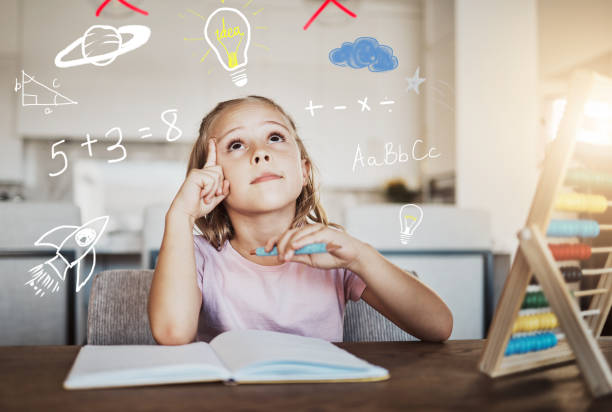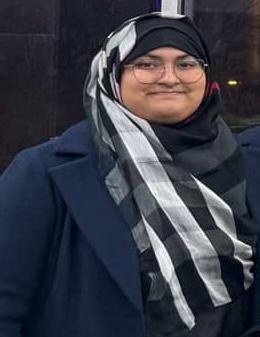
Grades 3
Number Sense and Numeration
1. Representing and ordering numbers to 1000.
2. Representing money amounts to $10.
3. Decomposing and composing three-digit numbers.
4. Investigating fractions of a set.
5. Counting by 1’s, 2’s, 5’s, 10’s, 25’s, and 100’s.
6. Adding and subtracting three-digit numbers in a variety of ways.
7. Relating one-digit multiplication, and division by one-digit divisors, to real-life situations.
Measurement
1. Measuring distance using kilometres.
2. Telling time to the nearest 5 minutes.
3. Identifying temperature benchmarks.
4. Measuring perimeter using standard units.
5. Measuring mass in kilograms and capacity in litres.
6. Measuring area using grid paper.
7. Comparing the length, mass, and capacity of objects using standard units.
8. Relating minutes to hours, hours to days, days to weeks, and weeks to years.
Geometry and Spatial Sense
1. Using a reference tool to identify right angles and to compare angles with a right angle.
2. Classifying two-dimensional shapes by geometric properties (number of sides and angles).
3. Classifying three-dimensional figures by geometric properties (number of faces, edges, and vertices).
4. Relating different types of quadrilaterals.
5. Naming prisms and pyramids.
6. Identifying congruent shapes.
7. Describing movement on a grid map.
8. Recognizing transformations.
Patterning and Algebra
1. Creating and extending growing and shrinking patterns.
2. Representing geometric patterns with a number sequence, a number line, and a bar graph.
3. Determining the missing numbers in equations involving addition and subtraction of one- and two-digit numbers.
4. Investigating the properties of zero and one in multiplication.
Data Management and Probability
1. Organizing objects into categories using two or more attributes.
2. Collecting and organizing categorical and discrete data.
3. Reading and displaying data using vertical and horizontal bar graphs.
4. Understanding mode.
5. Predicting the frequency of an outcome.
Grades 4
Number Sense and Numeration
1. Representing and ordering numbers to 10 000.
2. Representing money amounts to $100.
3. Developing the concept of place value to tenths.
4. Representing and comparing fractions using fractional notation.
5. Adding and subtracting three-digit numbers in a variety of ways.
6. Multiplying and dividing two-digit whole numbers by one-digit whole numbers.
7. Relating halves, fifths, and tenths to decimals
Measurement
1. Measuring length using millimetres.
2. Measuring time intervals to the nearest minute.
3. Determining elapsed time.
4. Measuring mass in grams and capacity in millilitres.
5. Measuring volume using concrete materials.
6. Determining area and perimeter relationships for rectangles.
7. Comparing the mass and capacity of objects using standard units.
8. Relating years to decades and decades to centuries.
Geometry and Spatial Sense
1. Identifying geometric properties of parallelograms.
2. Classifying two-dimensional shapes by geometric properties (number of sides, angles, and symmetry).
3. Identifying a straight angle, a right angle, and half a right angle.
4. Classifying prisms and pyramids by geometric properties.
5. Constructing three-dimensional figures in a variety of ways.
6. Describing location using a grid system.
7. Performing and describing reflections.
Patterning and Algebra
1. Relating the term and the term number in a numeric sequence.
2. Generating patterns that involve addition, subtraction,multiplication, and reflections.
3. Determining the missing numbers in equations involving multiplication of one- and two-digit numbers.
4. Using the commutative and distributive properties to facilitate computation.
Data Management and Probability
1. Collecting and organizing discrete data.
2. Reading and displaying data using stem-and-leaf plots and double bar graphs.
3. Understanding median.
4. Comparing two related sets of data.
5. Predicting the frequency of an outcome.
6. Investigating how the number of repetitions of a probability experiment affects the conclusion drawn.
